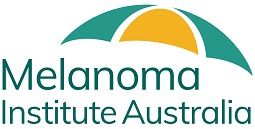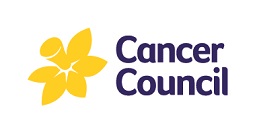Australia has the highest skin cancer rates globally with more than two in three Australians diagnosed with skin cancer in their lifetime. Sport is an integral part of Australian culture. Athletes, coaches, officials, volunteers, spectators and other personnel involved in sport spend prolonged periods of time outdoors. Consequently, participation in outdoor sport exposes athletes and support staff to increased levels of ultraviolet (UV) radiation from the sun with associated increased risk of sun damage, sunburn, and skin cancer. The more an individual is exposed to UV radiation, the greater their risk of developing skin cancer. Sporting organisations have a duty of care to ensure a safe environment including reducing solar UV radiation exposure. Thus, prevention strategies across all levels of the sport are needed to help protect those involved year-round.
This position statement highlights the risk that UV radiation presents in Australia for athletes and support staff; current skin cancer epidemiology in athletic populations; the effectiveness of prevention strategies; and practical recommendations for how Australian sporting codes can act to safeguard their athletes, coaches, officials, volunteers, spectators, and other personnel involved in sport.
Sun Safe Sports

The Australian Institute of Sport, Cancer Council, Paddle Australia, the Australian Radiation Protection and Nuclear Safety Agency and Melanoma Institute Australia Position Statement to reduce the risks of skin cancer in sport.
When it comes to developing a positive sun protection culture, the AIS Sun Safe Position Statement recommends the following five levels of sun protective measures
Elimination
- Can the person move indoors?
Substitution
- Can the person be outside earlier or later in the day to avoid periods of peak UV exposure?
Engineering controls
- Can shade be provided?
Administrative controls
- Is there a UV policy?
- Is there a training uniform policy?
- Are reminders regularly communicated?
- Have staff been trained and educated?
- Can events be scheduled better to reduce exposure?
Personal protection equipment
- Can uniforms provide more protection?
- What strategies can support regular use?
- Can it be mandated?
- Is there consultation?
- Can changes be piloted?
Key Partners
The AIS wishes to acknowledge Paddle Australia, Melanoma Institute Australia (MIA), Australian Radiation Protection and Nuclear Safety Agency (ARPANSA), and Cancer Council for their role in the development of the Sun Safe Sports Position Statement.



